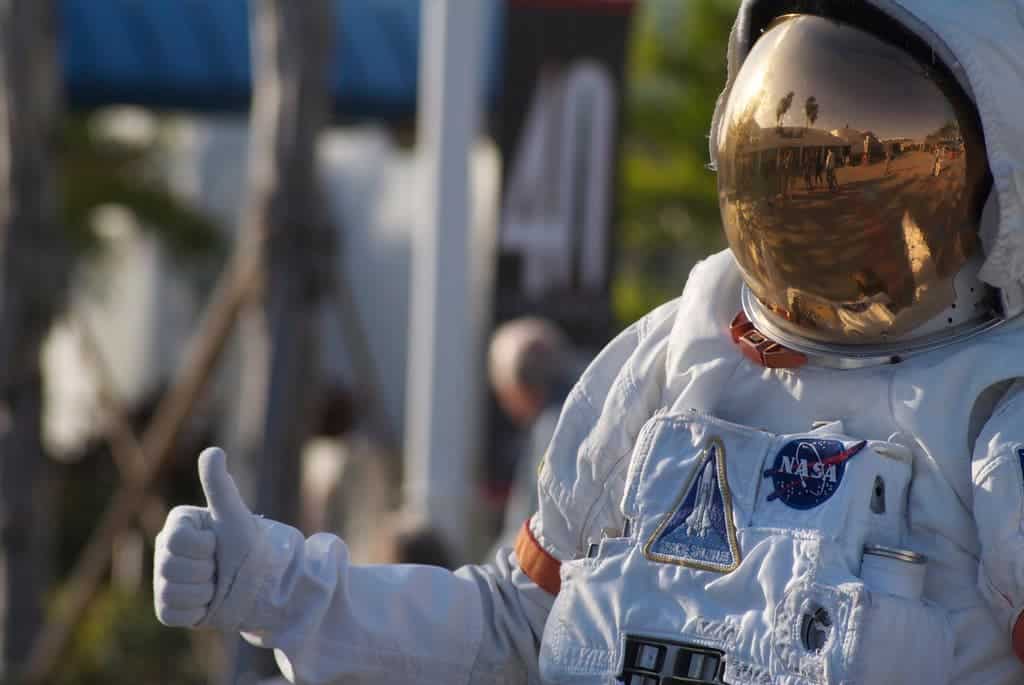Public interest in space exploration is as strong as ever, as NASA reports receiving over 12,000 applications for its upcoming Artemis program.

NASA started accepting applications for its Artemis mission in March, the first time it has issued a call for astronaut volunteers since 2017. As part of this mission, the agency aims to send the first woman to the Moon by 2024 and first humans to Mars in the 2030s.
The previous call saw a “record number of Americans apply to #BeAnAstronaut”, according to the agency, after it received more than 18,300 submissions. This class of astronauts graduated in January.
With over 12,000 applications from every U.S. state, the District of Columbia, and four U.S. territories, this marks the second-highest number of applications NASA has ever received for one of its missions, according to a statement released on Wednesday.
Many were called, few to be chosen
“We’ve entered a bold new era of space exploration with the Artemis program, and we are thrilled to see so many incredible Americans apply to join us,” NASA Administrator Jim Bridenstine said in the statement.
The agency’s Astronaut Selection Board is hard at work reviewing the applications, although, given the high interest it raised, they are still in the early phases of the process. Eventually, the most promising candidates will be contacted by NASA and invited to the Johnson Space Center in Houston, Texas, for final interviews and medical tests.
The new astronauts are expected to finish training and be mission-ready in the summer of 2021. Until then, they will train in skills such as spacewalking, robotics, and spacecraft systems. Final training will be handled aboard the International Space Station, where the fresh astronauts will prepare for their ultimate mission on the Moon and Mars.
“We’re able to build such a strong astronaut corps at NASA because we have such a strong pool of applicants to choose from,” said Anne Roemer, manager of the Astronaut Selection Board.
“It’s always amazing to see the diversity of education, experience and skills that are represented in our applicants.”
The volume of applications is even more surprising considering that NASA increased minimum qualification requirements for applications from a bachelor’s degree to a master’s degree in a science, technology, math, or engineering field and that they shortened the submission window from two months to just one.
The new astronauts may also be the first to launch aboard NASA’s new Space Launch System rocket and Orion spacecraft. NASA plans to also use this opportunity to send the first female astronaut to the Moon and establish “sustainable lunar exploration by 2028”. This step will help them better prepare for exploring Mars, a step currently scheduled for sometime in the 2030s.
Despite the huge volume of applications, NASA’s selection process is especially stringent. Since the 1960s, NASA has only selected 350 people to train as astronaut candidates. The US’s active astronaut corps currently only numbers 48 members. However, given their planned missions, the agency will need more astronauts to man their spacecraft and any eventual space settlements.









